An emerging ransomware group known as "CrazyHunter" has been identified as a significant threat to Taiwanese organizations, particularly in vital sectors such as healthcare and education. This group has gained attention for its sophisticated attack methods and reliance on open-source tools.
CrazyHunter's Tactics and Tools
According to cybersecurity researchers, CrazyHunter has rapidly become a serious threat since its appearance last month. The group employs advanced techniques to compromise a variety of organizations within Taiwan. A notable aspect of their strategy is the use of open-source technology sourced from platforms like GitHub.
Open-Source Tools Utilized
CrazyHunter's toolkit is primarily composed of open-source software, which they adapt for their malicious purposes. This approach is cost-effective and allows them to blend in with less sophisticated threat actors. Key tools identified include:
- ZammoCide: A process killer tool that exploits vulnerabilities in anti-malware drivers to terminate high-privileged processes, such as those used by endpoint detection and response (EDR) systems.
- Prince Ransomware Builder: A tool that facilitates the creation of ransomware variants, encrypting files and appending a ".Hunter" extension, along with dropping a ransom note.
- SharpGPOAbuse: This tool exploits Group Policy Objects to deploy payloads, enabling privilege escalation and lateral movement within a network.
Targeting Taiwanese Organizations
CrazyHunter has specifically targeted organizations in Taiwan, as evidenced by the group's leak site, which lists ten alleged victims. These victims are primarily from critical sectors, including hospitals, educational institutions, and industrial organizations. The focus on these sectors suggests an intent to disrupt essential services by targeting entities with valuable data.
Challenges in Attribution
While the tactics used by CrazyHunter may resemble those of other known threat actors, definitive attribution remains challenging. Researchers continue to monitor the group's activities to gather more information.
Defensive Measures and Recommendations
Given CrazyHunter's focus on ransomware, organizations are advised to implement standard cybersecurity best practices. These include:
- Restricting user access to only necessary data and systems.
- Implementing multifactor authentication (MFA) for all user accounts.
- Ensuring systems are regularly patched and updated.
- Conducting daily backups of critical data.
- Regularly auditing user permissions.
- Using endpoint protection software that guards against BYOVD techniques by monitoring and blocking unauthorized driver installations.

